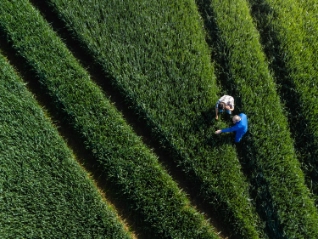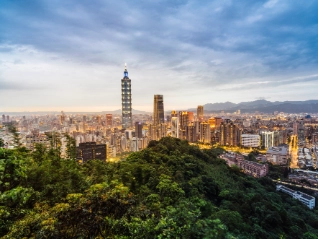Atradius Atrium
Uusi online-palvelumme Atrium tarjoaa helpon pääsyn sopimustietoihin ja luottolimiittien hakuun.
 Finland yhteystiedot
Finland yhteystiedot









Lataa lisää
Katselu 7 pois 15







Lataa lisää
Katselu 7 pois 137